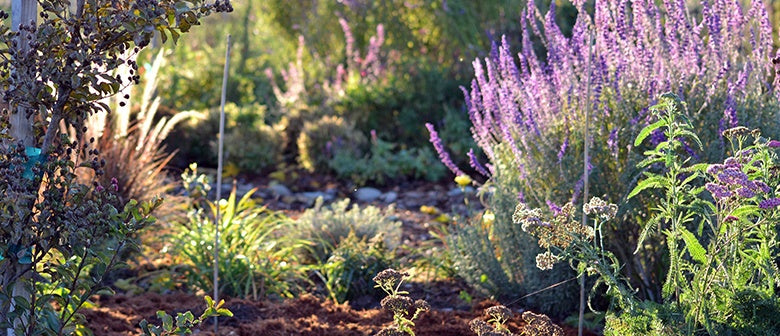Summer is coming to an end and you realise that your plants just aren’t as exuberant as they once were. The new growth has slowed, some of the lower leaves are turning brown and dropping off. The soft tips wilt in the afternoon heat. Fruit ripens at a slower rate. These late-summer symptoms can rob you of an abundant late-season harvest. Mature plants need more water than youngsters. The goodness you diligently put in to the soil at planting time have either been gratefully gulped by plants or leached away. Unfortunately your garden is running out of gas.
As the last days of summer start to wane and autumn starts showing signs of appearing, the humidity starts to decline. Water is still a vital element at this time. To ensure that your watering efforts are efficient, set a sprinkler system or hose at the base of your plants to give them a good soak. You could also try to create a watering basin around the base of each plant, large enough to hold water directly over the root zone so it percolates down in to the soil.
The nutrients that once were abundant in your garden, would also have worn thin at this time. To sustain consistent growth and maximise fruit size, add a second helping of fertiliser will make a big difference. Try an organic fertiliser blend that contains a diverse range of minerals and nutrients. For best results, combine deep watering with fertiliser applications. Gently break up the ‘surface crust’ that may have formed over the summer months and lovingly disperse the fertiliser deep in to the soil, deep watering will help take the fertiliser to the root system.
Pick flowers and ‘dead head’ spent or dying flowers to encourage new blooms on all flowering plants. Removing faded blooms will prevent plants from setting seed and keep roses coming for the rest of the summer. For more information on deadheading plants, read our article on summer deadheading
For more garden tasks this summer, check out our monthly gardening checklists

